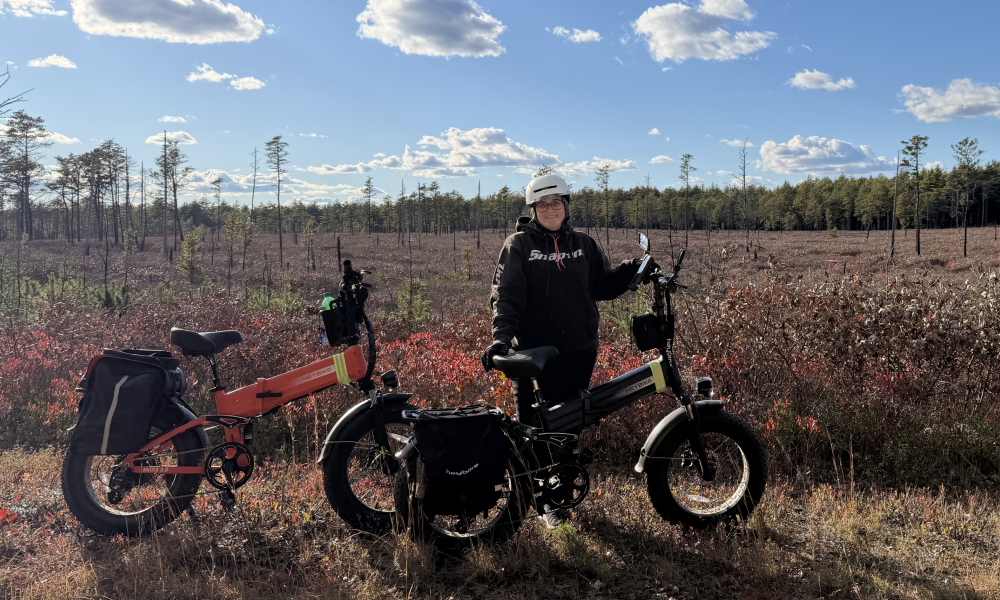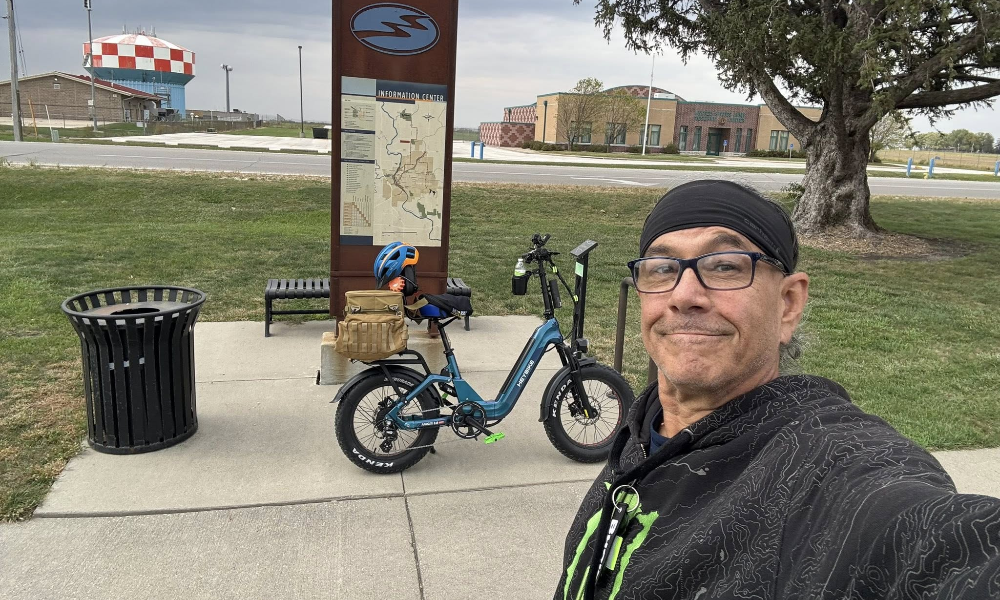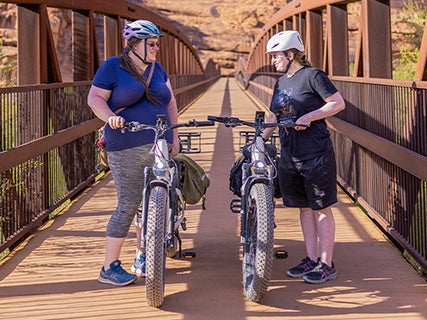Cycling is a fantastic way to get exercise, discover your surroundings, and have a lot of fun. However, many factors, such as the temperature, wind, how prepared we are, etc., affect our experience when we are riding. This guide for cycling clothing will help you ensure that you are dressed for cycling in whatever weather conditions you may encounter!

Cycling Safety: What to Wear Regardless of Season
Helmet
An essential component of safety gear is a helmet. In the extreme weather, it lowers the intensity. So, always wear a helmet, regardless of how short the ride is.
Cycling Gloves
Cycling gloves can help with these issues. They can cushion you, warm your hands, and absorb sweat. Your hands can keep a muscular grip on your handlebars if they are sufficiently dry and warm. Do this to protect yourself. The padding may also make you less reluctant to maintain a firm grip because it prevents hand injuries.
Eye Protection (Sunglasses or Clear glasses)
These sunglasses do not need to be the expensive models that cyclists use. Your glasses help you stay focused while cycling. They shield your eyes from the sun, wind, and insects.
Base Layers
There is a reason so many bikers swear by base layers. They serve as a "second skin," regulating your body temperature and absorbing sweat to keep you at ease. Instead of a base layer, which does both things, you might want to try a thermal if care about staying warm.
What to Wear Cycling in Different Seasons
or Spring
The transitional period between cold winter weather and hot summer weather is known as spring. During this season, it is crucial to dress in layers as the temperatures are usually unstable. You should dress as you would if you were hiding outdoors or camping there. A short list of possible attributes is below:
- Warmer bike shorts with knee warmers if necessary or cycling knickers.
- Long-sleeved summer cycling jersey.
- Bright jersey with arm warmers jacket or wind vest.
- Socks that warm up cycling.
- Long-sleeved or short-sleeved gloves, a light base layer, a headband, or toe covers.
For Summer
Temperatures are typically stable during the summer and will not vary significantly throughout the day. You could still sweat during your ride, though. Hot-weather cycling clothing is usually lightweight and breathable.
A short list of possible attributes is below:
- Cycling shorts
- A cycling jersey, preferably with short sleeves, a vest.
- Light socks, and open-finger gloves.
For Autumn
If wind and rain are frequent occurrences in your area, you should still prepare for them during the fall. But you do not need to change everything from your summer clothing – make sure you layer appropriately! A short list of possible attributes is below:
- Warm cycling gloves long or short sleeves.
- Light base layer headband or a cap.
- Warm cycling shorts with knee warmers or knickers.
- Long sleeve/jacket or summer cycling jersey with arm warmers.
- Jacket, and warmer socks.
For Winter
The hardest time of year to dress for cycling is unquestionably the winter, but there are ways to make it easier! Layering is the key to winter cycling preparation. The following is a list of possible attire for your next ride in the winter:
- Warm bib tights with a front made of windproof material. Another suggestion is a material that repels water.
- Winter shoes or winter jacket thermal socks
- Warm cap to protect your head,
- A thicker base layer, winter gloves, and winter overshoes.
Things To Avoid Wearing While Cycling
Jeans
Although it might seem obvious, you would be amazed how many people ride their bikes while wearing pants. Denim is a major no-no for cyclists since it is unpleasant, constrictive, and takes forever to dry after becoming wet.
Baggy clothing
When riding, loose, baggy clothing can create drag and slow you down by acting like a parachute. In addition, it may become entangled in the bike's gears, which is not ideal.
Improper Footwear
Your go-to sandals or stilettos may be ideal for a night out or a day at the beach, but they are about as appropriate for cycling as a chocolate teapot.
Dark Clothes
When cycling, wearing dark colors or camouflage designs can put you in danger. People will not know to give you room if they do not see you, which could result in accidents. At night, this is particularly true. If you wear dark colors, you might blend in with the surrounding environment and become exposed.
Conclusion
Hopefully, this cycling what-to-wear temperature guide will help you select the right clothing for cycling. No matter what kind of rider you are, wearing the correct cycling clothing will help you be more efficient and comfortable, which will make cycling more enjoyable. And you will ride more if you are having more fun.



Share:
E-Bike Security Guide: How to Protect Your Electric Bike
Cycling Injuries: How to Prevent Injuries When Cycling